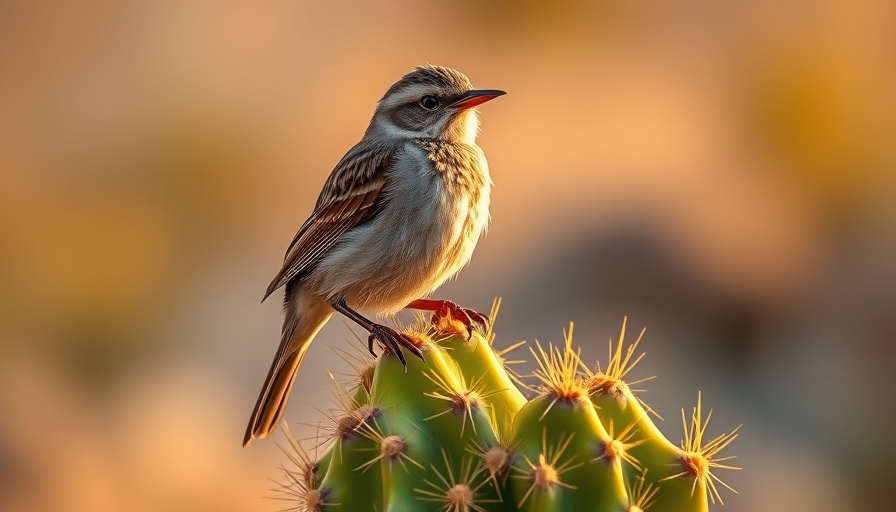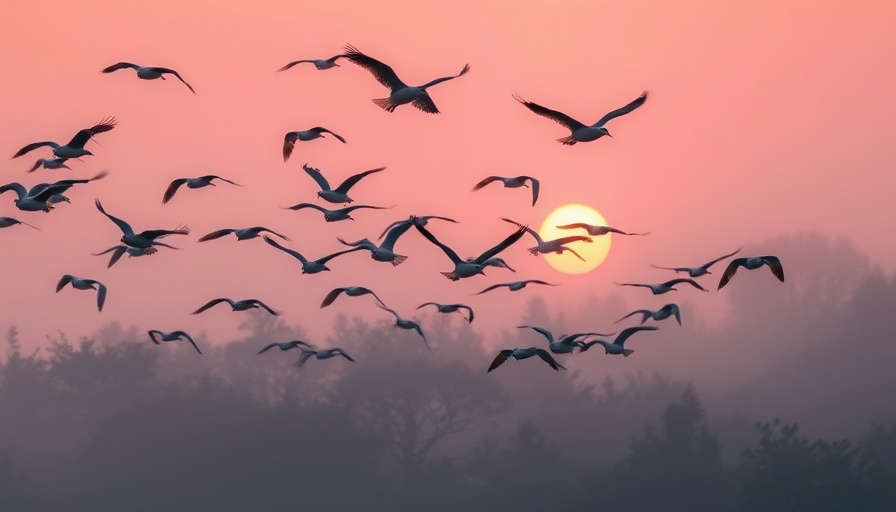
Spain's Latest Bird Flu Outbreak: What You Need to Know
In a disheartening development, Spain recently reported an outbreak of the highly pathogenic H5N1 bird flu, particularly affecting a fattening turkey farm in Extremadura. According to the World Organisation for Animal Health (WOAH), the outbreak has led to the death of nearly the entire flock of 6,895 turkeys, with officials taking precautionary measures to slaughter the remaining survivors to contain the virus's spread.
The Growing Concern of Avian Influenza
The recent bird flu outbreak is part of a broader global trend where avian influenza has devastated poultry populations worldwide, creating disruptions in supply chains and contributing to rising food prices. This has sparked serious concerns among governments, especially as the virus has been spreading to mammals beyond birds, including dairy cows in the United States, prompting fears about potential human transmission.
Why This Matters to Consumers
The implications of this outbreak are significant. As bird flu continues to impact farm operations, consumers could face higher prices for turkey and other poultry products in the near future. This might prompt a shift in consumer purchasing patterns and further strain an already vulnerable food supply chain.
Effective Measures to Mitigate Risks
In response to outbreaks, authorities typically implement strict biosecurity measures on farms, ensuring that farm workers are educated about potential risks and the importance of monitoring animal health. This highlights the need for vigilant island cooperation between farmers and health organizations to prevent the spread of such diseases.
As citizens and consumers, remaining informed about food safety practices and outbreak developments can empower us to make better purchasing decisions that prioritize not only personal health but also the health of the agricultural systems we rely on.
 Add Row
Add Row  Add
Add 




Write A Comment